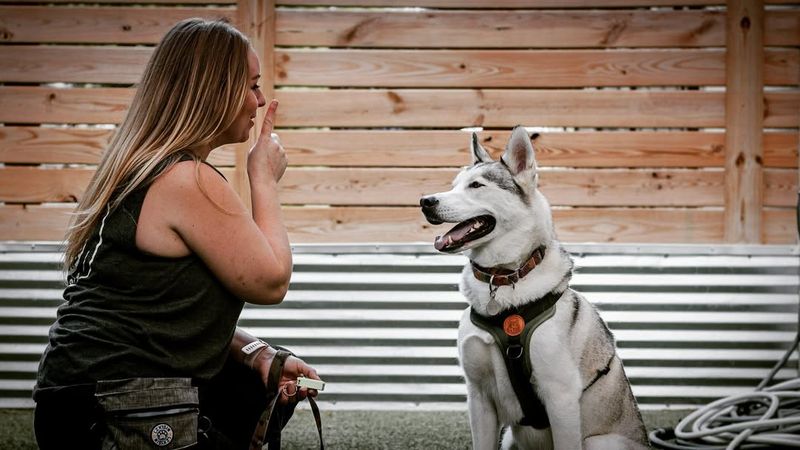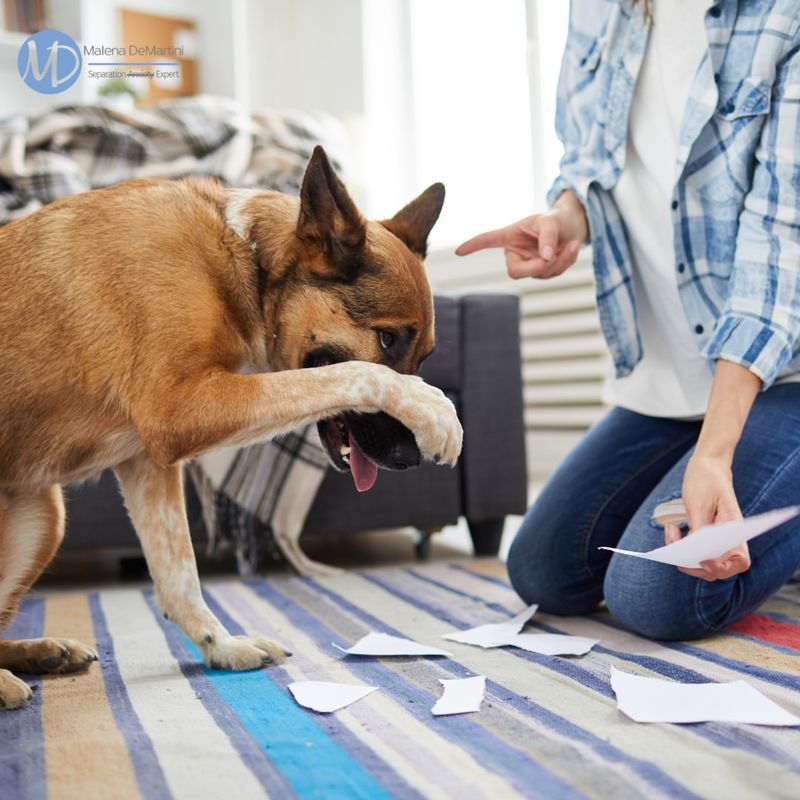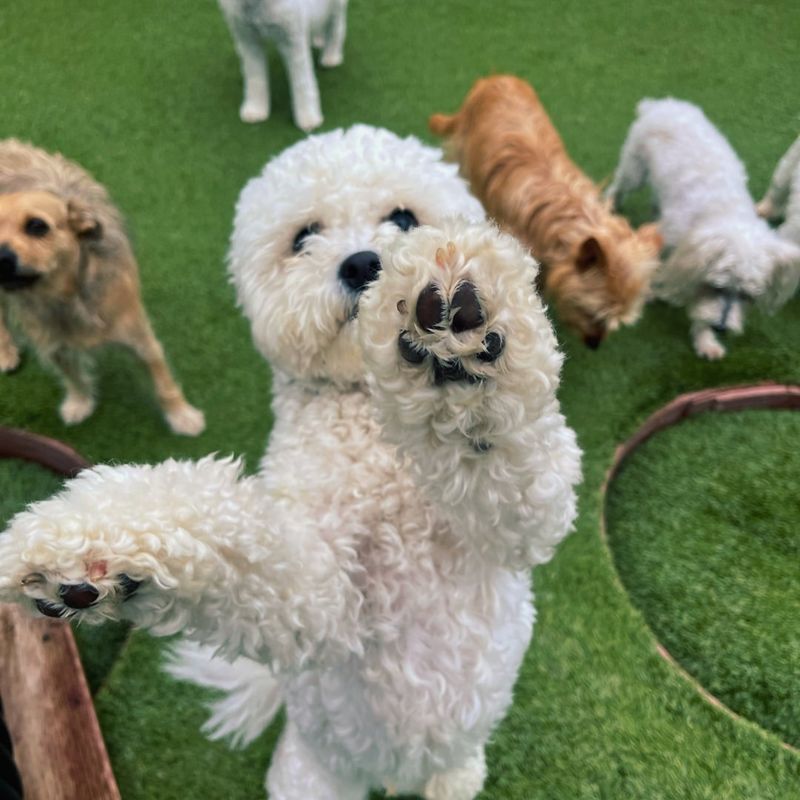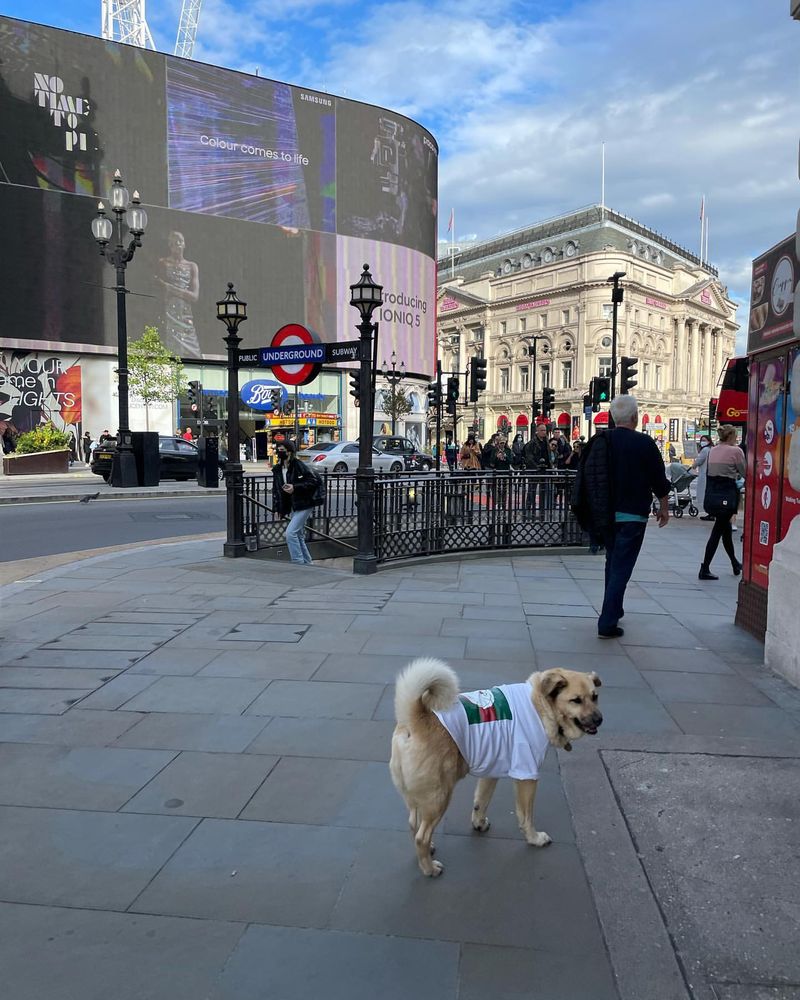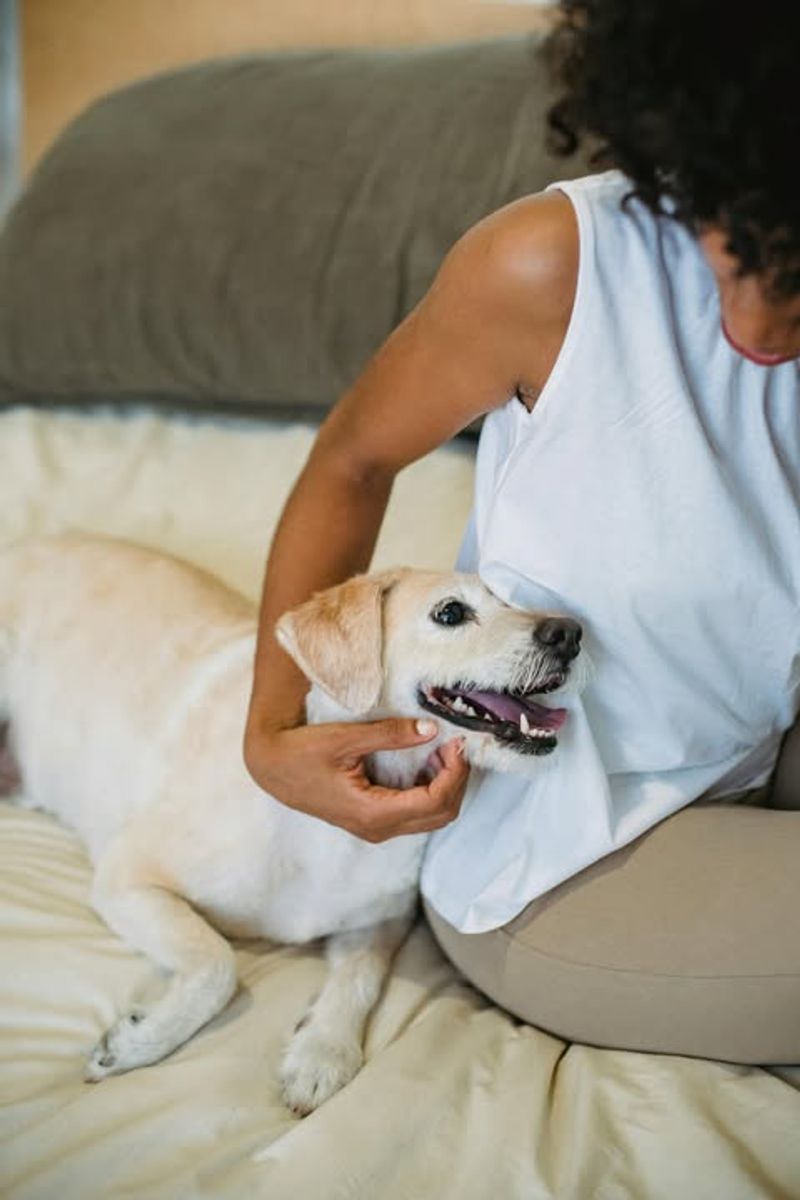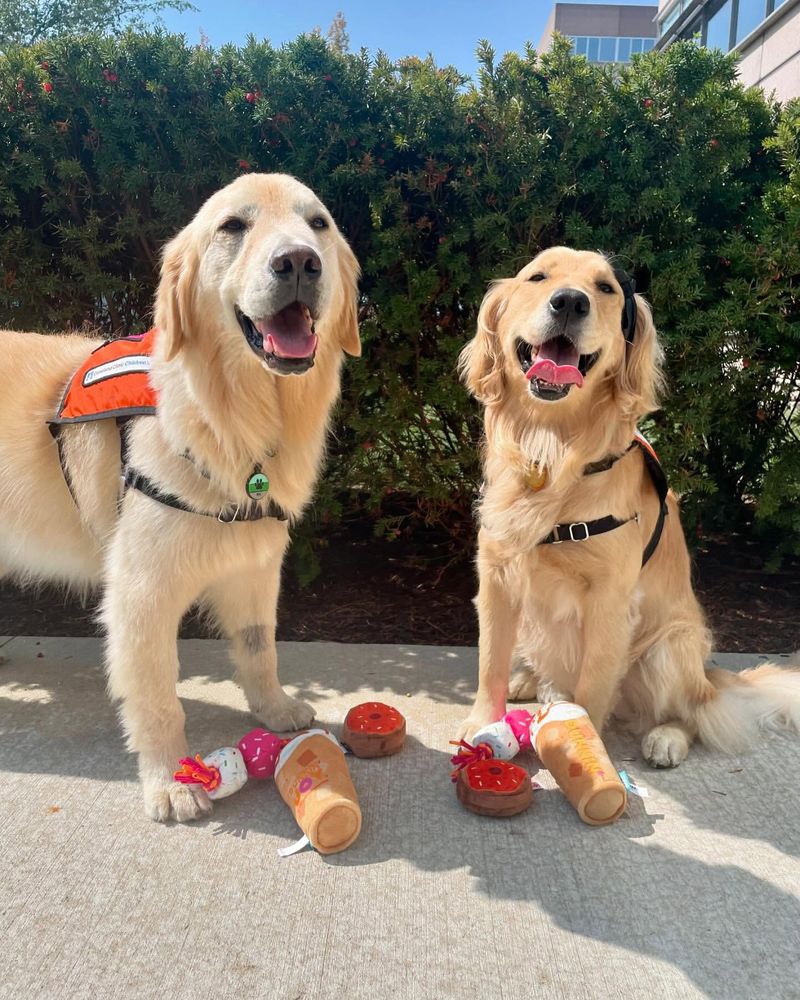Dogs are more than just pets; they are family members who communicate in unique ways. Understanding these signs can help you better meet your dog’s emotional needs. Here are 12 key signs that indicate your dog might be yearning for more quality time with you.
Increased Barking
Barking is a primary way dogs communicate. If your dog is barking more than usual, it might be trying to tell you something. Frequent barking could indicate that your dog feels neglected or wants more interaction. Pay attention to when and where the barking occurs to understand its triggers. Try to engage your dog in play or training sessions to alleviate its need for attention. Consistent barking should not be ignored, as it could lead to behavior issues. Observing your dog’s body language during these times can offer additional insights into its feelings.
Destructive Behavior
When dogs feel ignored, they may resort to destructive behavior as a way to seek attention. Chewing furniture, shoes, or other items might be signs of boredom or loneliness. Providing your dog with appropriate chew toys can help redirect this behavior. However, spending more quality time through walks or play sessions is essential. Dogs thrive on companionship and need both mental and physical stimulation. If destructive behavior persists, consider consulting a professional trainer to address the underlying issues. Always ensure your dog feels secure and loved.
Excessive Licking
Excessive licking can be a sign of stress or anxiety in dogs, often indicating they need more interaction. When your dog starts licking excessively, it might be seeking comfort or trying to self-soothe. Check for any medical issues if the behavior continues. Spending more time with your dog, providing affection, and offering mental stimulation can reduce stress. Interactive toys or puzzles can keep your dog occupied. Regular grooming and petting sessions can also strengthen the bond between you and your pet, making them feel more secure and loved.
Pawing at You
If your dog is constantly pawing at you, it’s a clear sign it wants more of your attention. This behavior is often a plea for interaction or affection. Dogs use their paws to communicate and to draw your focus to them. Responding positively to this behavior can reinforce your bond. Try setting aside dedicated time each day for cuddles or play. Ignoring these cues can lead to your dog feeling neglected. Remember, physical touch is comforting for dogs and can significantly boost their happiness and overall well-being.
Following You Around
Dogs are naturally social animals, and following you around is their way of staying close. This behavior often means your dog values your company and craves your attention. While this can be endearing, it may also indicate your dog is feeling anxious or insecure. Ensure your dog feels reassured by maintaining a regular routine and offering plenty of love and attention. Giving your dog a toy or treat when you’re busy can also help it feel more comfortable being alone. Regular interaction is crucial for a dog’s emotional health.
Loss of Appetite
A sudden loss of appetite may be a signal that your dog is distressed and needs more attention. While there could be medical reasons, emotional needs are often overlooked. If you’ve ruled out health issues, consider your dog’s emotional state. Spend more time engaging in activities your dog enjoys, like walks or playtime. Sometimes, being close and offering comfort is enough to rekindle your dog’s interest in food. Ensuring your dog feels loved and secure can significantly improve its mood and appetite. Monitor changes and consult a vet if needed.
Whining
Whining is another way dogs express their need for attention. It can indicate discomfort or a desire for physical closeness. When your dog starts whining, try to determine if it’s seeking attention, food, or needs to go outside. Providing timely responses can help address its needs. Engaging in regular interactive play can also reduce whining. Be observant of patterns that trigger this behavior. Addressing these signals strengthens your relationship and reduces anxious behaviors. Dogs appreciate when their needs are understood and met with care and compassion.
Restlessness
Restlessness can be a sign that your dog is bored or anxious, needing more activity or attention. If your dog is pacing or unable to settle, consider introducing new activities or toys to engage its mind. Regular walks and playtime are essential for relieving restlessness. Mental stimulation through training exercises can also be beneficial. Ensuring your dog has a comfortable and safe environment to relax in is crucial. Observing when restlessness occurs can help identify potential stressors. Addressing these needs can prevent further behavioral issues and promote well-being.
Clinginess
Clinginess can indicate your dog is feeling insecure or seeking more of your presence. Dogs often become clingy if they sense changes in their environment or routine. Reassure your dog by maintaining a stable daily schedule and offering plenty of affection. Spending quality time together can ease anxiety and reinforce your bond. Providing a safe space where your dog can relax when you’re not around is also beneficial. Observing your dog’s behavior for any changes can help address its needs effectively. Consistent attention and love are key to reducing clinginess.
Bringing You Toys
When your dog brings you toys, it’s often inviting you to play and engage. This behavior is an affectionate way of seeking interaction. Encouraging playtime when your dog presents a toy can strengthen your relationship. It also provides an excellent opportunity for physical exercise and mental stimulation. Ignoring this gesture might lead to missed bonding moments. Regularly rotate toys to keep your dog interested and excited. Ensuring your dog feels valued and appreciated is essential for its happiness. These playful interactions can greatly enhance your dog’s quality of life.
Yawning or Sighing
Dogs use yawning or sighing to communicate relaxation or stress. If your dog frequently yawns or sighs, it might be signaling a need for more attention or comfort. Offering additional cuddle time or engaging in calming activities can help meet these needs. Observing the context in which these behaviors occur is important for understanding your dog’s emotional state. Providing a calm and peaceful environment can also be beneficial. Addressing these subtle signals ensures your dog feels secure and loved. Regular attention and observation are crucial for a strong bond.
Sulking
Sulking is a sign that your dog may feel neglected or unimportant. If your dog appears withdrawn or sad, it might be craving more attention. Spend some one-on-one time with your dog to lift its spirits. Activities like a leisurely walk or playing fetch can greatly enhance your dog’s mood. Recognizing and addressing these emotional cues is key to preventing further issues. Show your dog that it is a cherished member of the family. Consistent love and engagement can transform a sulking demeanor into a joyful and contented one.

